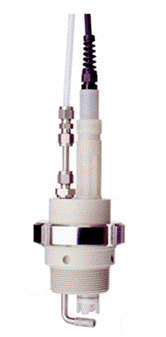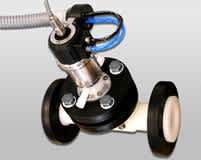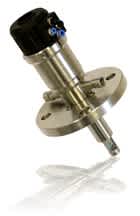In industrial applications, especially for automatic process measurements, it is crucial to keep the sensitive part of a glass electrode and the diaphragm of a reference electrode clean. Since stopping the process for cleaning is often impractical, and accurate, long-term measurements are needed, an automatic cleaning mechanism can be the solution.
- Designed for in-line electrode cleaning in flow fittings, immersion fittings, and pneumatic retractable fittings
- Restricts sediment formation on the electrodes and increases the period between calibrations
- Optimum cleaning effect
- Standardized dimensions for mounting in an electrode hole of a fitting
Details
Traditional Inline Cleaning Mechanism
 Yokogawa manufactures a chemical cleaning system for pH and/or ORP (Redox) measurements that works with a combination of sensors. The cleaning elements have standardized dimensions for mounting in flow, insertion, and immersion fittings. This cleaning apparatus can be used with the All-in-One style sensors (FU20/FU24/PH20) or with individual 12mm sensors (SC21/SC29).
Yokogawa manufactures a chemical cleaning system for pH and/or ORP (Redox) measurements that works with a combination of sensors. The cleaning elements have standardized dimensions for mounting in flow, insertion, and immersion fittings. This cleaning apparatus can be used with the All-in-One style sensors (FU20/FU24/PH20) or with individual 12mm sensors (SC21/SC29).
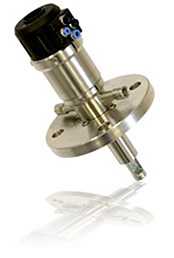 |
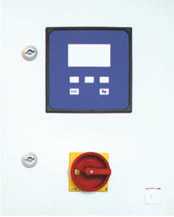 |
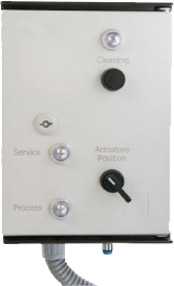 |
| The retractable holder EXAtrac RF20 (Extract 810 and 820) available in plastic, stainless steel and Alloy C22; is made for installation of 12mm sensors on tanks or pipelines where the sensor has to be removed without interruptions or shutdowns and in the hash applications where frequent cleaning is of vital importance for a good pH measurement. | The control unit RF20C (EXmatic 460) can fully and automatically control and supervise the measuring- and cleaning cycles of a pneumatic retractable fitting. The cleaning- and measuring intervals, starting signals can be set and changed to the process requirements. | The RF20M (EXmatic 450) is a pneumatic control unit for retractable fittings such as the RF20H (EXtract 810 and 820). It is Suitable for hazardous area |
Resources
Current trend for increasing mercury awareness throughout the public sector has caused the government to take action. Recently, the Environmental Protection Agency (EPA) has focused their efforts on controlling mercury levels produced in various coal fired power plants. Based on information from several case studies, the EPA developed the Mercury and Air Toxics Standards to cut back mercury emissions. The most popular technology utilized by coal plants to meet the new standards is a scrubber which cleans the off gas from the combustion process. ORP sensors can further monitor the effluent from these scrubbers to ensure optimal mercury emission levels are achieved. By closely monitoring the mercury concentrations in the effluent, plant managers will be able to easily confirm their plants are meeting the EPA's standards.
Downloads
Instruction Manuals
- Instruction Card (25 KB)
- Model FC20 eaning Systems (732 KB)
- RF20C Automatic Control Unit (1.4 MB)
- RF20H Pneumatic Retractable (2.6 MB)
- RF20M Manual Control Unit (536 KB)
General Specifications
- Cleaning Assembly (455 KB)
- RF20H Pneumatic Retractable (663 KB)
Technical Information
- A Word About Buffers
- FLEXA/EXA PH Series Process pH Analyzers Measurement System and Applications (2.4 MB)
- Care & Maintenance in High Purity Water (85 KB)
- Temperature Compensation (115 KB)
- Best Practice pH Installation and Maintenance Manual (824 KB)
- Wet vs Dry Electrodes, Problems and Solutions (111 KB)
Looking for more information on our people, technology and solutions?
Contact Us